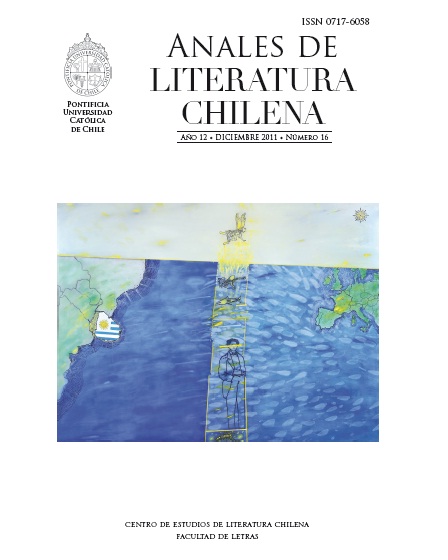Translation as a ‘creationist’ device in Vicente Huidobro’s poetry: the Moulin painted poem and its versions
Keywords:
Creationism, Huidobro, Iconicity, Painted poems, Intersemiotic translationAbstract
Writing between languages (French and Spanish) and the many intersemiotic moves that characterize Vicente Huidobro’s poetic career, involve the emergence of novel configurations of textual space. We will focus on the several versions of the poem Moulin (1921): the “painted poem” in its caligrammatic format, the same in monochrome ink and the version in linear verse. Our analysis will bear on iconic transformations between these versions, the value of the letter and its repercussions on the translation process. In order to validate our working hypotheses, we examine the iconic-referential motivation of the painted poem (caligrammatic version), noting the incidence of rime on the articulation between referential and symbolic readings of its contents. We proceed to contrast this version with the one in linear verse and two translations of the latter into Spanish. We then try to assess to what extent some translation trends under the rule of linguistic equivalence imply cutting the proliferation of meaning at the same time as they reduce the symbolic scope of iconicity. To end, we offer our own translation as supported by the analyses carried out in this paper
Downloads
Downloads
Published
How to Cite
Issue
Section
License
Copyright (c) 2011 Anales de Literatura Chilena

This work is licensed under a Creative Commons Attribution-NoDerivatives 4.0 International License.


